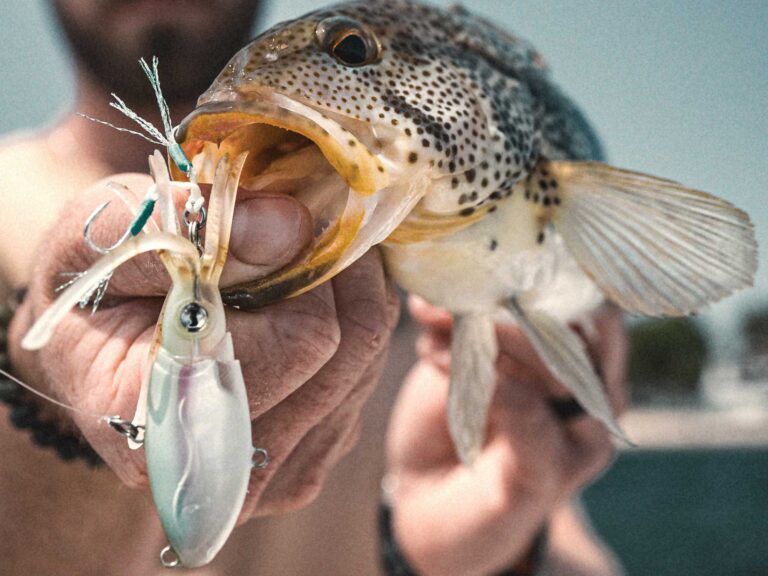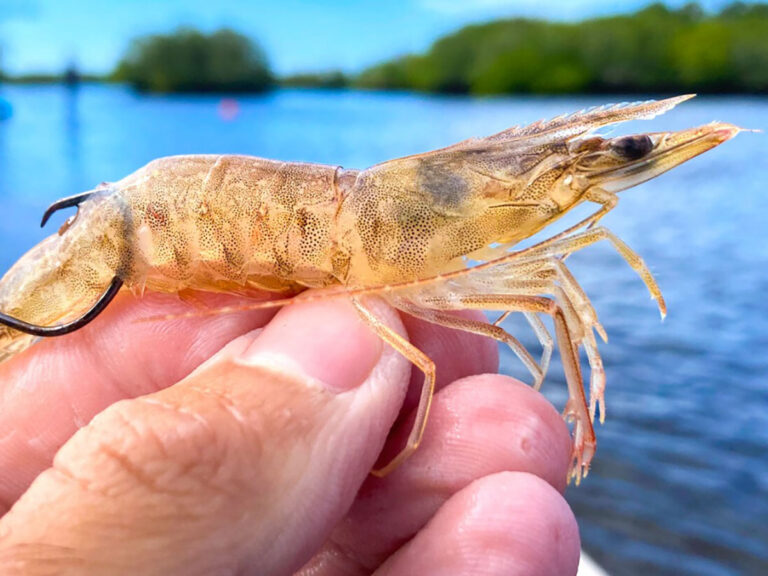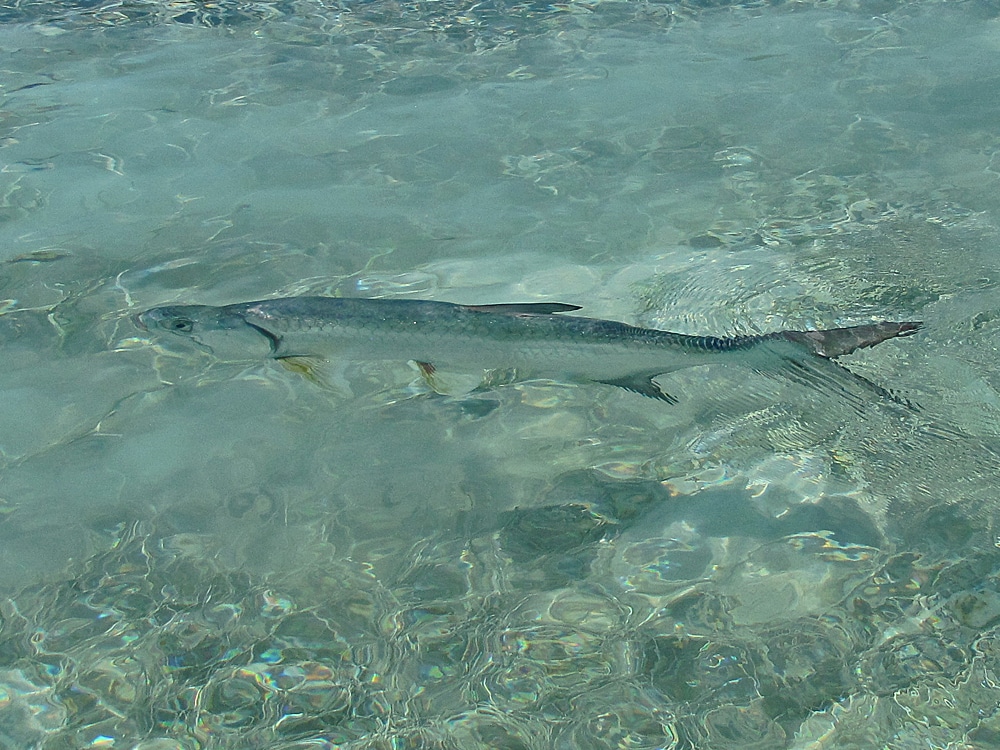
Considering that most tarpon anglers are pretty well equipped, the difference between having a successful outing and returning to the dock scoreless usually hinges in their ability to present the fly, set the hook, clear the line and fight the fish proficiently.
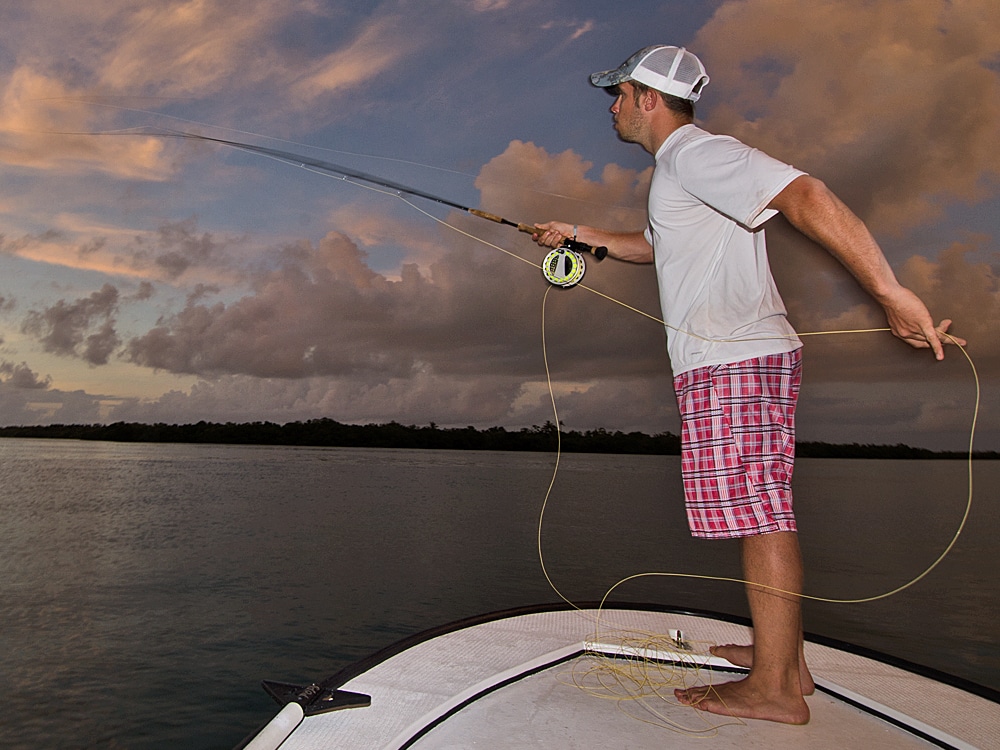
CAST AND STRIP
Casts should be accurate and timely. Tarpon hardly ever stray from their path to take a fly, so essentially the presentation should allow the fish to run into your offering. The fly must also to be at the right depth, either level with the fish or slightly above it, since tarpon are physically better equipped, and usually more willing, to rise to a fly than to dive for it.
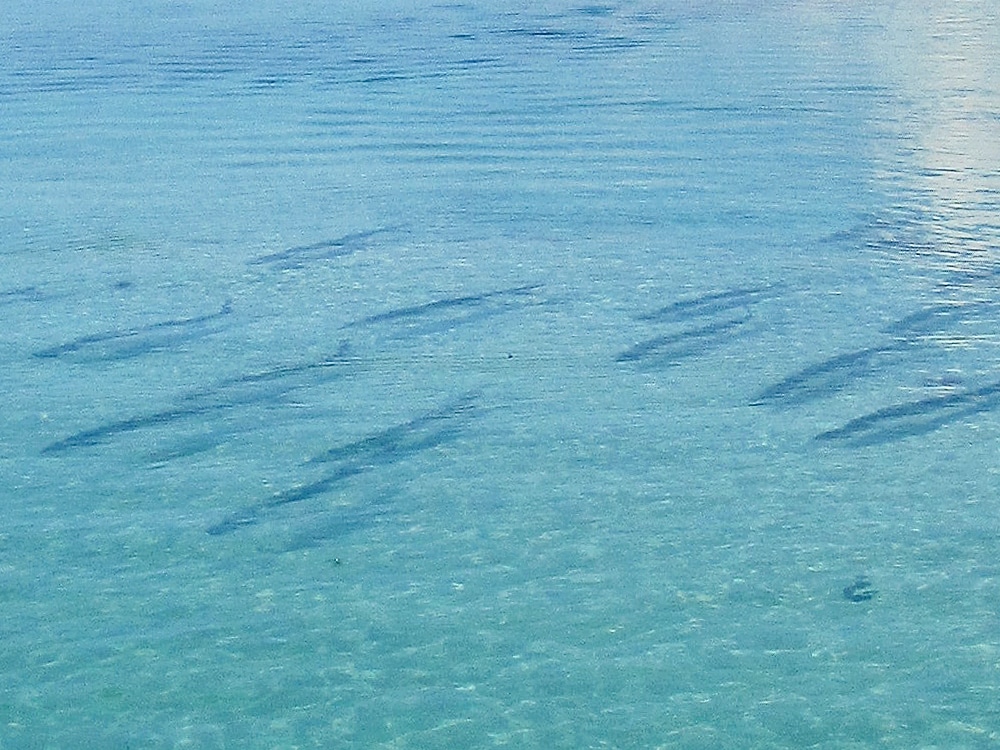
SPEED AND DRIFT
Presenting the fly to tarpon effectively requires you to take stock of the speed at which fish are traveling to estimate how far to lead them, and also consider the direction and speed of the current and wind before making your cast. Not only will they affect the direction of your shot, but also your boat’s drift and the required speed of your retrieve.
You need to strip pretty fast to impart action on the fly when the boat is drifting toward it. By contrast, you’ll probably need to do little if the wind, current, or both are pushing away from the fly. When tarpon are rolling in a channel, inlet or pass, the way they flip their tails will tell you whether they are staying close to the surface or diving deep after they gulp air. If the fish kick their tails hard and high, it’s the latter, so be sure to use a sinking line, a weighted fly, or both to get down to the fish.
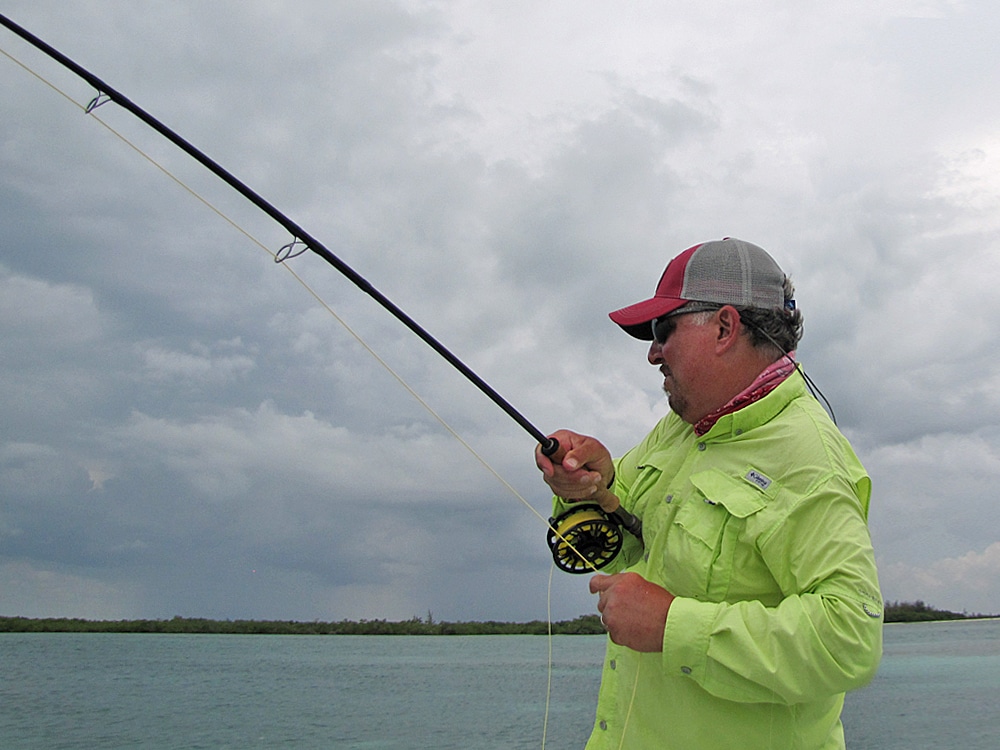
SETTING THE HOOK
When it comes time to set the hook, don’t let your eyes fool you into striking too soon. Lots of fish are lost when overanxious anglers pull the fly out of their mouths. Tarpon often turn immediately after the take, so take advantage of this habit and set the hook when the fish turns. Then, the hook is much more likely to find a place to lodge.
Always pick up slack and continue stripping until you come tight, then sweep the rod back but in parallel to the water. That way, if you miss the hook-set, you may still get a second chance. When tarpon are in pursuit, they sometimes take a fly two or three times before the hook sticks or the fish finally spooks. And once you get a solid hookup, focus solely on clearing the line.
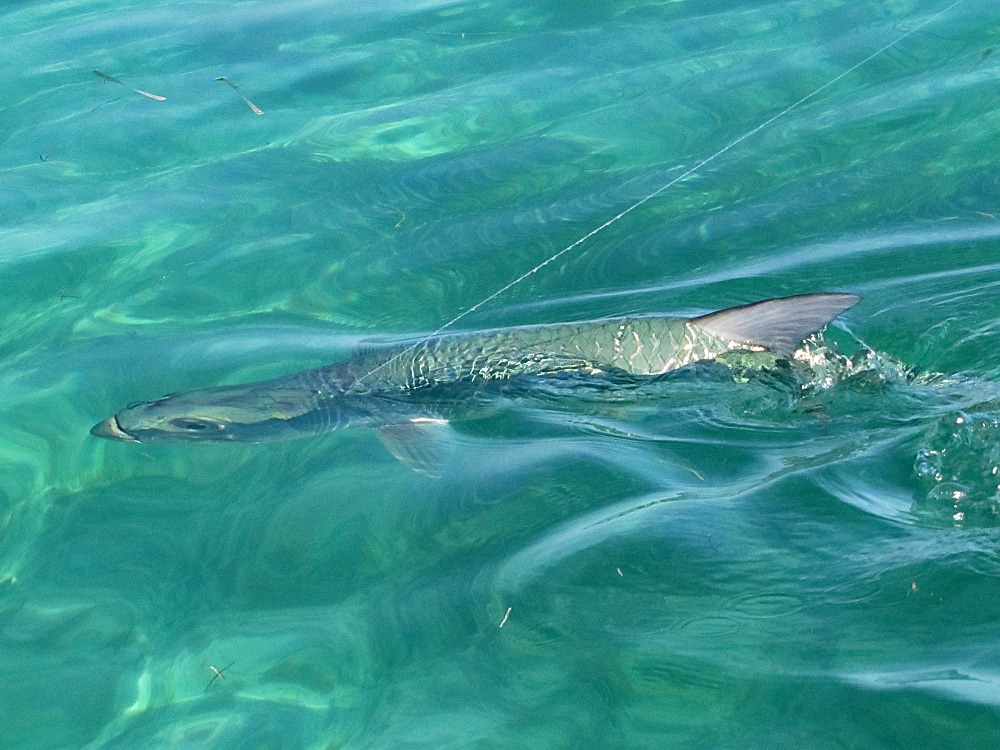
BATTLE BEGINS
You’ll have ample time to enjoy the battle and admire the fish once you are tight to it and fighting it with the reel. Should you get a knot on the fly line at that critical moment, point the rod right at the fish and turn it so the reel faces upward. This enables the line to slide down the rod blank so the knot won’t catch on every guide.
“Bow to the king,” surely you’ve heard this common expression used by guides to remind anglers to stab their rods fore when a fish jumps. This creates slack and prevents the tarpon from landing on a tight line and snapping the tippet. Just be sure to keep a tight grip when you do that, and make sure you’ve wiped any sunscreen from your hands if you applied some recently.
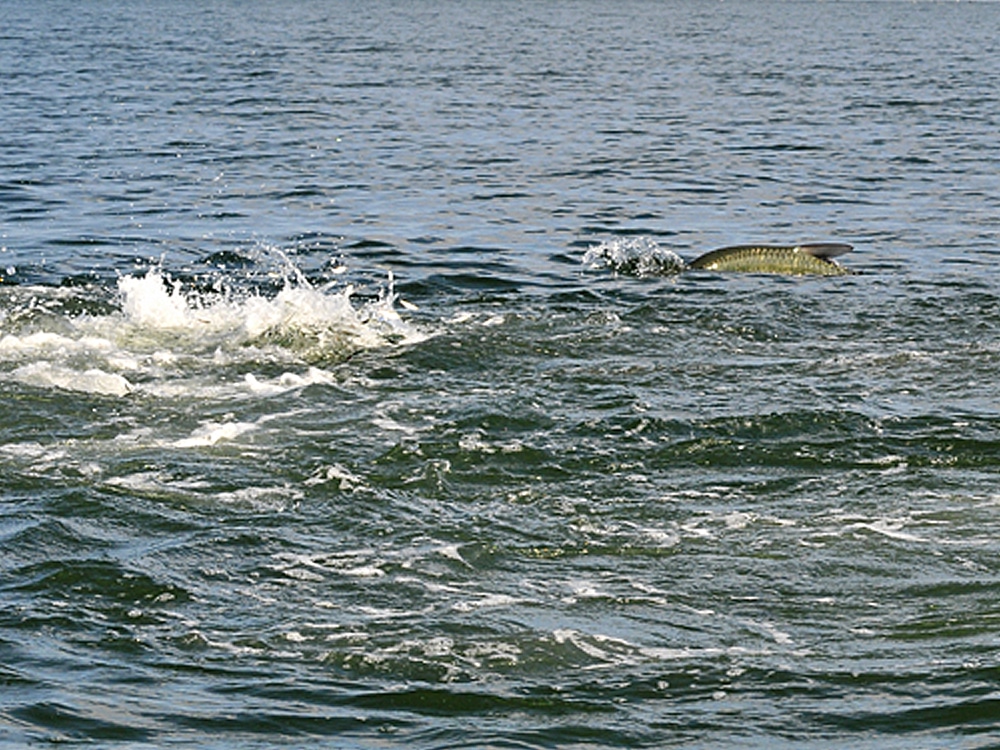
ENDING THE GAME
Once you sense a tarpon is getting tired (you’ll notice it begins to circle the boat and come up for air), it behooves you to prevent it from gulping air dipping your rod into the water and pulling downward to keep the fish from breaking the surface. This move is known as the “down and dirty” and it’s most effective in the late stages of the battle, when the fish is less than 30 feet away.
Even if the fish appears spent, loosen the drag a bit as it nears the boat, in case it makes one last desperate dash. Many tarpon are lost when the fight seemed practically over, so be ready for one more surge.






